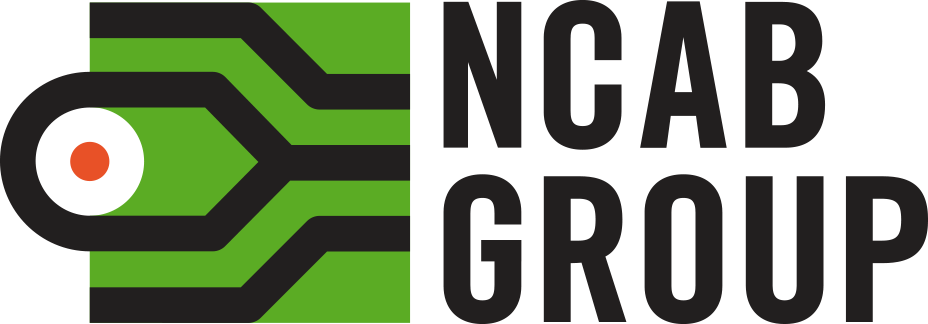TECH BASICS: LESSON 8
8) So, what is a PCB again?
Read the video transcript below the video, or download all video transcripts in this course here.

Conductors: Materials that allows electrons to pass through. In PCBs, conductors connect components.
Insulation: Materials that do not allow electrons to pass through.
Vias: Vertical holes in a PCB. They let electrons move between layers.
Resistance: A measurement of how hard it is (or not) for electrons to move in
a conductor.
To plate: To apply a thin layer of metal.
Pads: Places on the PCB’s surface to solder components.
Soldering: Melted metal to connect a component to the pad.
Prepreg: Fibreglass pre-impregnated with epoxy. It is both glue and insulation between layers of copper conductors.
Laminate: Layers of cured prepreg.
Core: Laminate with copper foil on both sides, used inside the PCB.
Micron: Very small measurement unit. 1 millimeter = 1000 microns.
Density: How many components can fit onto this area.
Panels: Sheets of identical PCBs that make the customer’s handling more efficient.
Transcript
8) So, What is a PCB again?
So, what is a PCB again? Now you know that a PCB is basically cables, nicely organized in layers. It provides a way for customers to connect their components on the smallest possible area. And it must work perfectly every time. Check our website for the latest numbers on how we deliver on time and on quality. Last time I looked in (it was December 2022) it was 92.7% on time and 99.6% on quality. So, we can still get better!
Imagine what a pain for a customer to discover a defect in a PCB after they went through all that soldering. Or after their customer installed into whatever-it-is-they-do. Or after consumers starting using it. The longer it takes for a defect to be discovered, the worse it gets. We must protect our customers from that.
It’s not enough that the PCB has survived our factory’s manufacturing process and is perfect when it leaves the factory. Every part of a PCB – tiny as it is – must also be tough enough to go through everything that happens after it’s delivered.
A PCB can end up where it’s very cold, very hot, or in the Sahara Desert where days are hot, and nights are cold. All materials change more or less with elevated temperature, so inside these very dense and complex PCBs, we must use materials that change as little as possible. Copper, fortunately, is a bit elastic so it can remain intact when the surrounding materials move a little.
Water is also a challenge. You have probably seen how water expands when it freezes. Water freezing into ice can crack mountains! And PCBs, for sure. So, we must avoid water inside PCBs, and since they are so small, even humid air contains enough water to be harmful, especially if we use materials that absorb water. And then there is vibrations, and pressure, and radiation, and crocodiles…
So, different environments call for different materials. An important part of our job at NCAB is to understand where our PCBs will end up so that we can advise our customers on the use of materials. We have also decided to go further than regulations require in some areas – for example, NCAB has decided to use a bit more copper when plating vias, to avoid them breaking. It’s playing it safe – it costs a bit more, but we think it is worth it!
Still, it’s a constant balance between quality and price. Our customers want perfection, but they can’t afford paying for a level of quality quantity? that they don’t need. We must understand their needs so well that we can advise them what balance is.
Well, this concludes this introduction to the wonderful world of PCBs. Let’s just recap some words that may have been new to you before this course.
A conductor is where electrons can go. Resistance is how hard it is for them to move.
Insulation is where electrons can’t go. Prepreg is an insulator, often used in PCBs.
A via is a hole for electrons to move between layers.
Pads are places where components are fastened. Soldering is how they are fastened.
Density is how many are fastened into a certain area.
Panels are how PCBs are often delivered, to make it easier for customers to solder components.
Well done, you made it to the end. Now you know more about PCBs than most people!
